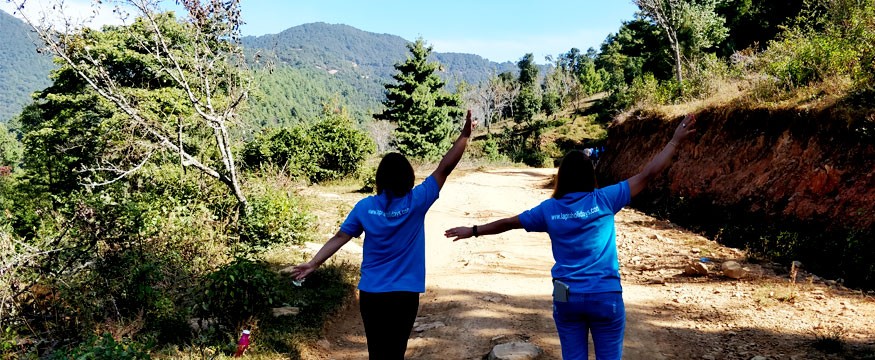About Upper Dolpo Trek
The trek to Upper Dolpo is one of Nepal’s classic mountain treks to some of the most remote and unique territory in Nepal. The trails are quite challenging and range up to 5350m elevation. The tourism infrastructure is almost non-existent in this region compared to the popular trails to Annapurna, Everest and Langtang. Thus, well-organized tours are very essential.
To begin the trek to Upper Dolpo, we fly to Nepalgunj and then to Juphal from where we begin our trek to the hidden valley of Nepal which was made famous by Peter Matthiessen's book – The Snow leopard. The trails traverse through villages of different ethnical tribes. We can find Magar settlements with lush green paddy fields in lower altitudes while in higher altitudes in amid barren, windswept hills we can find Bhotia. Witnessing the diverse topography and diverse culture and lifestyle of people is the main highlights of this trek.
Dolpo region has an abundance of green lush meadows, subalpine and alpine forest and snow-covered mountains. This wilderness of Upper Dolpo is home to snow leopard, blue sheep, mountain musk deek and more. The 23 days trek to Upper Dolpo is the best way to explore the ancient Tibetan culture and tradition. The about 800 years old Shey Gompa and vast and tranquil beauty of Phoksundo lake are also the main highlights of this trek.
